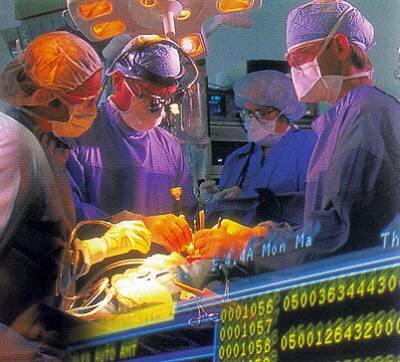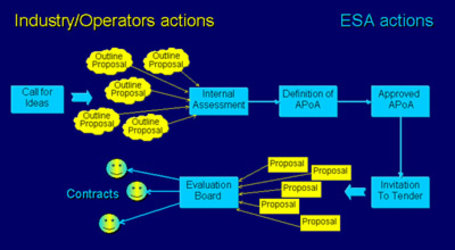ESA helps establish emergency medical service in Canada’s remote communities
The project has been operating since 1998 linking a number of rural ‘telecentres’ in Labrador and Newfoundland with others in more populated areas. These centres have been providing integrated tele-learning and tele-health facilities via broadband satellite links, such as high-speed internet access, video-conferencing and digital imaging.
The RCST project has proven invaluable in the field of health care. A doctor using the system in a remote telecentre in Port aux Basques on the western edge of New Foundland can, for example, transmit images of a patient’s condition to a specialist in St John’s more than 450 kilometres away.
By examining the images on a monitor the specialist can then diagnose the condition and either prescribe treatment or request a personal visit. In this respect the satellite system saves patients the inconvenience and cost of travelling substantial distances for standard consultations.

Now, the new IEMN system has further implications for the development of emergency health care in remote areas. Ambulances, including the airborne variety are fitted out with mobile satellite voice and data service (MSAT) - in this case supplied by TMI Communications. These special ambulances allow doctors to monitor the vital signs of patients in transit and better prepare for their arrival. Better preparation means faster treatment and more lives saved.
Telesat’s senior specialist in applications and networks, Abdul Lakhani, believes the IEMN system has huge potential. “When connected to a portable telemedicine satellite terminal, the IEMN could also save lives in the event of floods, fires, avalanches, or other disasters,” he explained.
“Given the frequency of environmental disasters worldwide, a system that offers victims a better chance of survival stands to have global appeal and we are working with ESA to see how we can use satellite technology and bring solutions such as this to the marketplace,” said Mr Lakhani.







